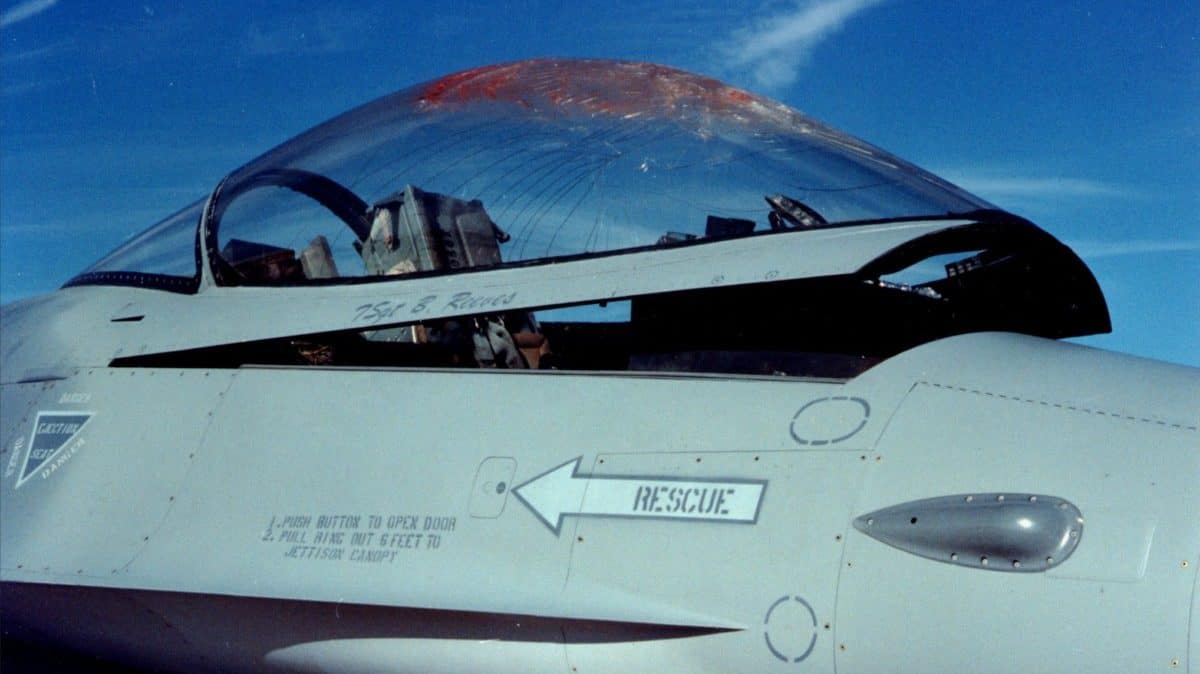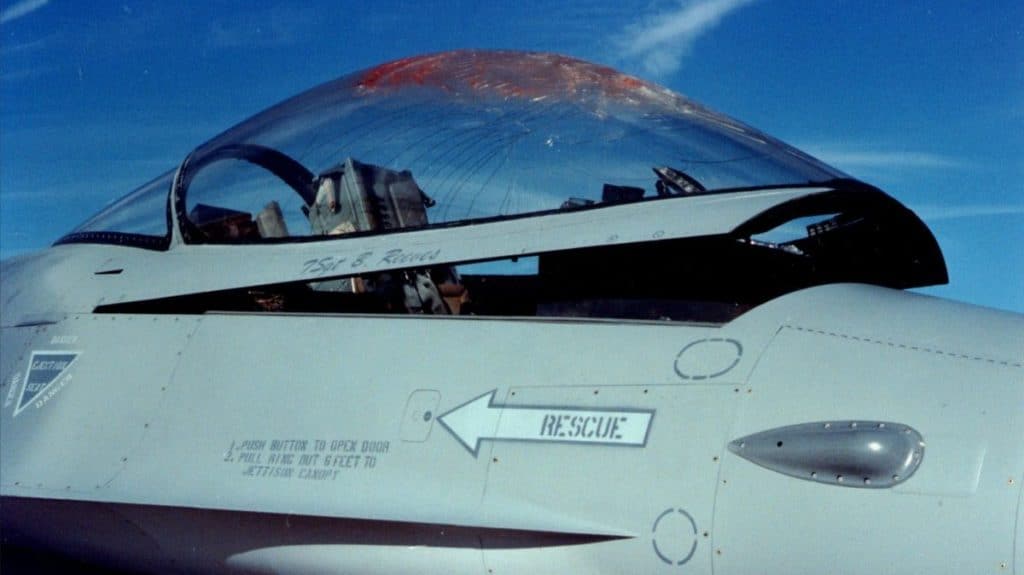
Aviation geeks would remember the scene in the movie “Sully” where an Airbus A320, piloted by Captain Chelsea Sullenberger and First Officer Jeffrey Skiles, hits a flock of Canadian geese, shortly after take-off from La Guardia. Unfortunately, some of the geese are ingested by the engines and a dual-engine flameout occurs.
What followed was a supreme display of flying skill, airmanship, and decision making which resulted in a successful ditching in the Hudson River.
Pilots are made aware of bird activity via NOTAMs, air traffic control, other pilots, and their own eyesight. Rerouting, waiting, or rapidly climbing/descending through known bird activity areas are all ways pilots try to avoid birds. Large birds have brought down aircraft and a hit is known as a Birdstrike.
What Is A Bird Strike?
A bird strike is defined as a collision between a bird and an aircraft during the cruise, take-off, or landing phase. Bird strikes can also occur on the ground during taxi but due to the low speed of the aircraft damage is really incurred. Birdstrikes can cause extensive damage to aircraft and occupants.
Bird strikes are common, especially during the day at low altitudes, however, bird strikes have also been reported at night and up to altitudes of 37,000 feet. There really is no place that is truly safe from the potential of an aircraft hitting a bird.
My first encounter with a birdstrike was during my days at flight school when my roommate was in a turn in a Robinson R22 while flying his dad.
During a turn, he collided with a Canadian Goose that came straight through the window and came to rest on his father’s lap.
Fortunately, everyone, except the goose was OK, but had the large bird hit the main rotor or tail rotor systems on this small aircraft the outcome could have been much, much worse!
Speaking from experience I can tell you that birds can just miraculously appear and if able, aggressive avoidance maneuvers may be the only option to avoid an impact! Large airliners generally don’t have this option so other tactics have to be employed.
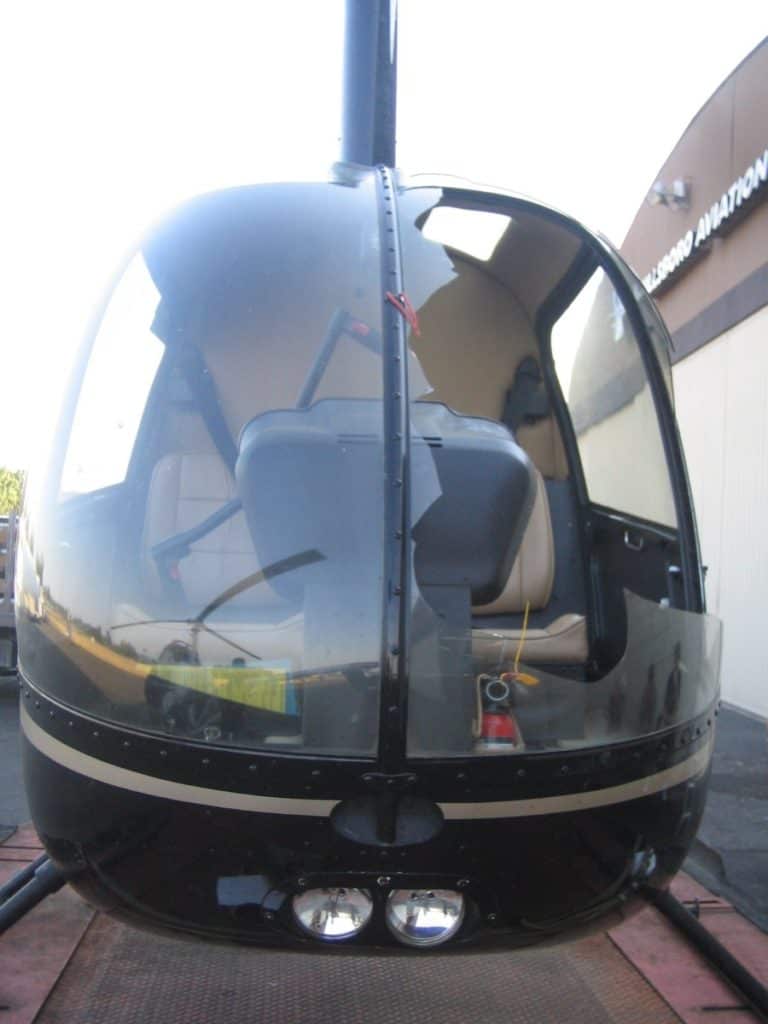
Data regarding bird strikes shows that in most cases the engines and nose/radome have the highest possibility of being struck, a probability of almost 44%. The main problem with low-altitude bird strikes on a larger commercial airplane is the low potential energy of the aircraft, which limits a pilot’s options in case of dual engine flameout, coupled with the high rotational speed of the engines which causes a cascading failure of blades of engine fan.
Not all birdstrikes end in tragedy as airplane and engine manufacturers go to great lengths to ensure their products can withstand a direct hit by large birds. Here is a video of Rolls-Royce testing its Trent engine against birdstrikes:
By far the best way to survive a bird strike is to avoid a collision in the first place. Here are some of the most common methods used all over the world by pilots today:
How Pilots Avoid Bird Strikes:
1. Checking NOTAMs
Before a flight pilots receive a documentation package that contains all the pertinent information regarding their route. One of the things that are included in that package is called NOTAMs or Notices To Airmen. NOTAMs contain all kinds of information like runway closures, navigation system outages, new towers, airspace closures, and also local bird activity.
When extensive bird activity is in the areas the FAA will issue a BIRDTAM.
These NOTAMs advise the pilots of possible permanent and seasonal bird threats at their departure, destination, and alternate aerodrome so that pilots may be aware of any risks of bird strikes. Common routes, migration patterns, or nesting grounds can also be published on aeronautical charts and publications with the hazards identified by NOTAM when it’s that time of year.

Join My Newsletter & Get Great Tips, Information and Experiences To Help You Become a Superb Pilot!
2. Departure Briefing
While at the gate, the flight crew will conduct what is known as a Departure Briefing which covers several items some of which are taxi routing, take-off contingencies, and the Standard Instrument Departure (SID) they are expected to fly.
In case there is bird activity reported or observed, both pilots will include it in their departure briefing and discuss their plan of action to try and avoid any birds and what the course of action will be if a bird strike occurs during the departure phase.
Depending on the severity of the bird strike, the crew may elect to return to the airport, divert to a nearby airport or continue the flight as planned. These are the main deliberations discussed during the briefing.
3. Change of Runway
In case birds are loitering near the active runway, the crew can request the tower for a runway change. It is prudent to ask for a runway change rather than assume that the birds will automatically fly away and risk a possible bird strike.
If the airport has a single runway, then the crew can either request the tower to send airport personnel that disperses the birds or they can opt to delay their departure. During times of known bird activity, manned airports will be proactive and have the bird dispersal methods/personnel activated.
4. Reduction In Rotation Speed
The flight crew may opt to reduce their rotation speed if the performance of the airplane that day permits them to do so. Rotation speed is the speed at which the pilot begins to lift the front wheel of the aircraft and begin the climb.
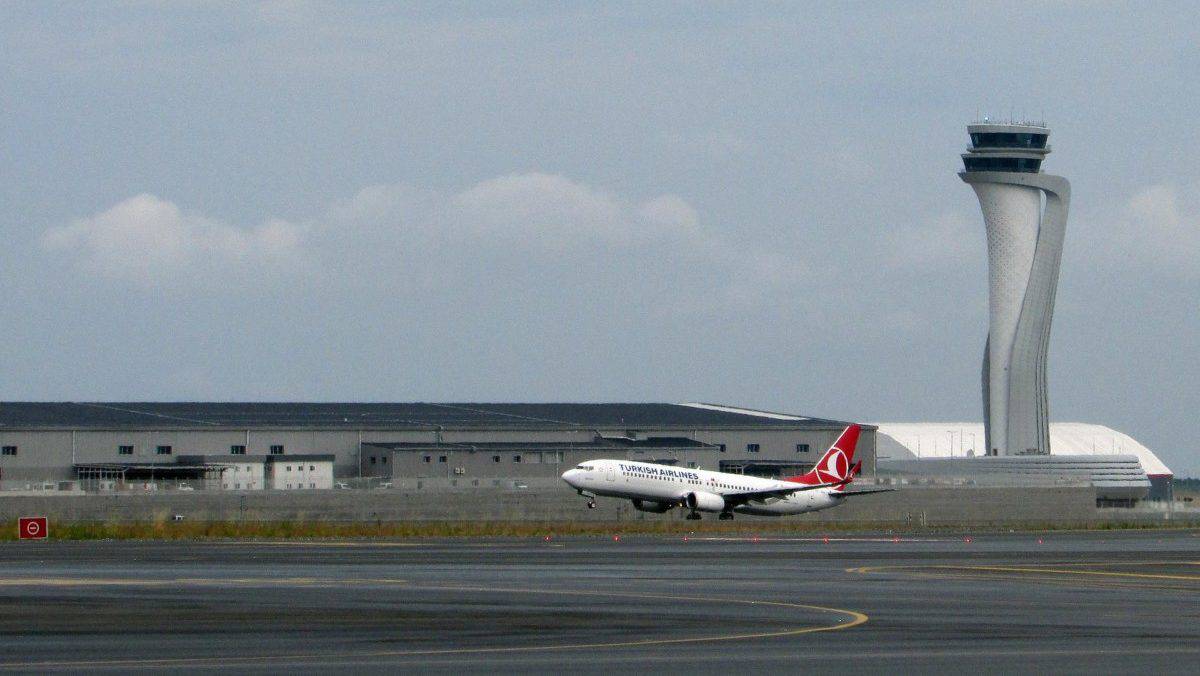
With a reduced rotation speed, they may be able to lift off earlier, thus avoiding any birds that may be nearby the runway or in their flight path. The slower airspeed of the aircraft also helps to reduce the severity of impact damage if a collision were to occur.
5. Noise Abatement Departure Procedures
NADP stands for Noise Abatement Departure Procedures. This procedure is usually used when there is a noise-sensitive area nearby the airport and this procedure allows pilots to gain altitude quickly and climb above 3000 feet AGL and clean up the aircraft.
It can also be used to avoid bird strikes as the time spent below 3000 feet AGL is minimized where up to 95% of bird strikes surrounding an airport are reported to occur.
Learn More…
Try These Articles:
* Why Do Some Aircraft Fly With Two Pilots & Not One?
* Aircraft Checklists: Why Do Pilots Use Them?
6. Slowing Down
Pilots are advised by air traffic control to slow down when operating in areas of known and concentrated bird activity. Slowing the aircraft down will reduce the impact forces and probability of damage in case of a collision.
Depending on the aircraft the minimum speed they can fly at will vary and the pilots have the final say at which is their minimum speed they can fly even if ATC requests a slower speed.
7. Delayed Descent
When landing at an airport with known bird problems, pilots may elect to stay at or above 3000 feet AGL until necessary to descend to capture the 3-degree glide path for landing.
However, there is a chance that because of the delayed descent, an aircraft may end up high and fast on the glide path, hence making the approach unstable and warranting a go-around.
8. Increased Awareness About Bird Strikes:
Pilots are encouraged to read up on material regarding bird strikes as this helps clear some of the misconceptions about bird strikes.
Some common misconceptions regarding bird strikes are:
- Birds don’t fly at night or in poor weather
- Birds can detect airplane landing lights/spinners
- Birds will dive to avoid an approaching airplane
- Birds are scared away by using weather radar
As pilots, flight safety is always our top priority, and bird strike incidents and accidents are usually discussed on a company level as well as a personal level to try and learn from previous situations and see if there are any measures that can be taken to lessen the risk of future strikes.
9. Following Company Checklists & SOPs:
Company checklists and SOPs (Standard Operating Procedures) are designed keeping in mind the knowledge and lessons learned from previous experiences. They also help the pilots by mitigating and avoiding the threat of bird strikes.
Particular airports may be common for birdstrikes so airlines may develop their own takeoff, delaying, or change request procedures to help minimize accidental bird strikes.
Pilots are always taught to follow company SOP and checklists and if active are very good at reducing the chances of a collision.
How do Pilots Avoid Birds in Small Aircraft?
Pilots of small aircraft use their eyesight as the best deterrent for bird strikes. Being slower and more maneuverable a bird seen by a pilot of a small aircraft can usually maneuver around the bird with ease. Birdstrikes on small aircraft usually occur when the pilot did not see the bird.
Helicopters are especially prone to bird strikes as they are commonly flown under the 3000ft above ground height that most birds tend to occupy. Having Lexan windows also adds the risk as a bird will usually come through the window on impact, causing possible injury to the pilot.
Just like the airline pilots, pilots of general aviation aircraft are also encouraged to heed the information given in NOTAMs, by air traffic control and published FAA charts, and have a mental plan in place of what needs to happen should a bird strike be encountered.
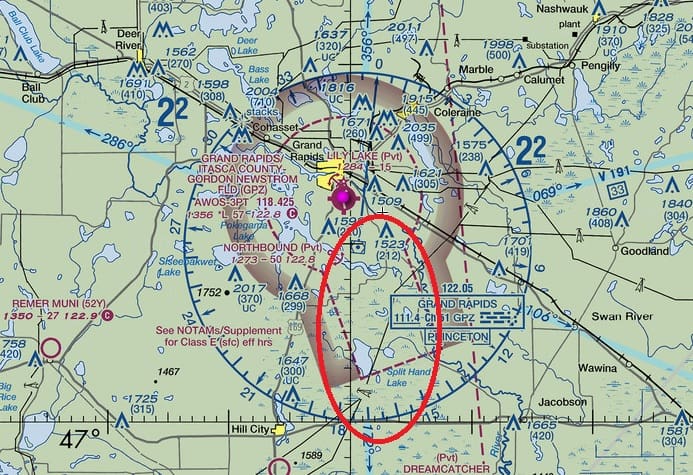
Looking at the aeronautical chart above, if the pilot was to be landing or departing to the south they should note a large amount of marsh and wetlands. At certain times of the year, this could be a high-intensity area of bird activity so it would be wise for the pilot to find out when these times are before they plan to fly in that area.
Although most general aviation aircraft fly at a slower speed, the impact damage from a large bird can be catastrophic so having a plan and trying to avoid the known areas of intense bird activity are always the best solutions if the area cannot be avoided.
Learn More…
Try These Articles:
* Finding the Right Runway: How Do Pilots Know Where To Land?
* Aviation Weather Information: How do Pilots Get It?

